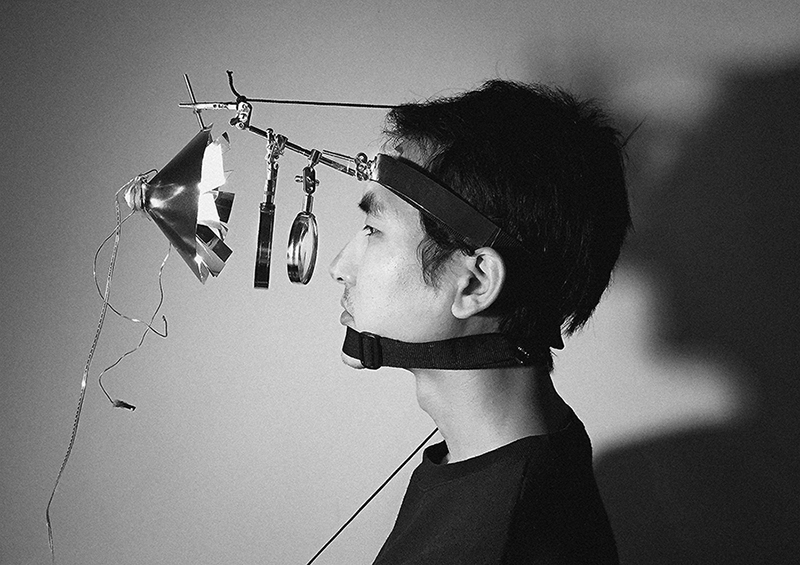Why Respond to Fiction?
Our responses to fiction produce a complicated set of problems. First of all, what is included under the heading of representation or fiction would incorporate everything from literature to TV to big-screen film to virtual-reality games. The problem is not entirely that the story is fictional or that it is false, but that it is a re-presentation of a story—true or otherwise. Why do we pur- posely experience things—and enjoy these experiences—which we know are not real? This is generally known as the “paradox of fiction.” The paradox can be constructed as follows:
(1) We only respond emotively to things that we believe to be real,
(2) We do not believe fiction is real, and
(3) We respond emotionally to fiction.
…….
How does technologically sophisticated fiction, more and more like “real” events, produce emotive responses? Some argue that we have to understand the way emotions work in response to real events in order to understand how we respond emotively to fiction. This may not be the way to go, however, as it seems that the belief requirement that is missing from our interactions with fictional situations does not prohibit us from profoundly similar experiences physically and phenomenologically. If we feel the same and have relevantly similar emotional responses, why cannot the experience be said to be real? In many ways it can, but we are now getting into an area where fictional spaces and real spaces overlap and even unite.
Slavoj Žižek: <The Matrixand Philosophy, 2002> pp.186~190
.

.어떻게 하면 인간의 정신을 컨트롤 할 수 있을까?
인간은 언제 “존재하지 않은 것”을 창조하고 어떻게 그것을 믿을까?
착란장치의 휴대용 버전으로 헬멧형식으로 머리에 간단하게 착용할 수 있다. 천으로 고정할 수 있어서 누구든 편리하게 착용 할 수 있다.반사율이 높은 알루미늄 판넬이 빠르게 회전하고 그 틈 사이로 강한 빛이 세어나온다. 눈과 빛 사이에는 7배, 10배의 확대경이 있고 위치 조절이 가능하다. 헬멧을 착용 한 후 모터를 켠 뒤 확대경 사이로 회전하는 물체를 바라본다.





Aluminum Plate, LED, Magnifying Glass
